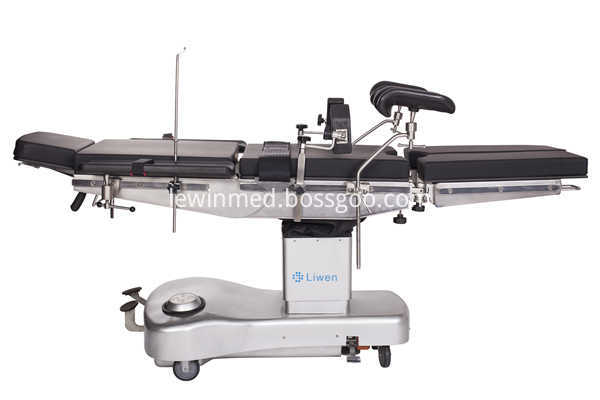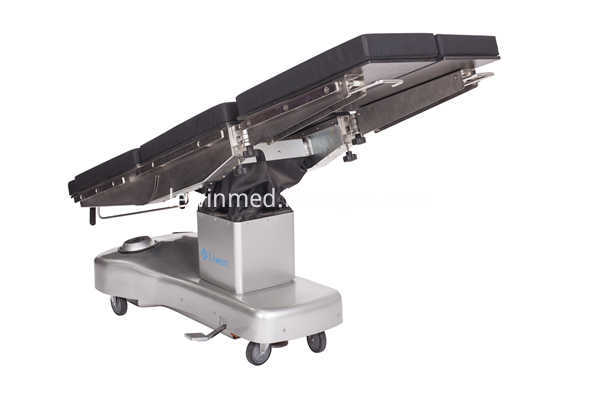Irrigated irrigation can increase production by 3-10 times.
Irrigation volume: lush stems and leaves, large evapotranspiration area, more water requirement than general crops. Generally, the annual irrigation volume is about 250 cubic meters per mu, and the amount of primary irrigation is 80 cubic meters. The growth of earthworms is most suitable when the irrigation amount of earthworms is 50-60% of the saturated soil water content.
Irrigation times and time: Before returning all green, pour it once and return to Qingshui. From the buds to the time before flowering, they can be watered once. In addition, irrigation must be performed after each castration (this is especially important on saline-alkali soil). During the growing period, it should not be ground irrigation, because the alfalfa is afraid of stagnant water, if any water will cause rot.
The early growth of weeds that control weeds is extremely slow and vulnerable to weeds. Artificial control of weeds is labor-intensive, and the effect is not ideal. Currently, weeding is mainly performed through chemical methods.
Types of weeds: There are many weeds that are harmful to the growth of perennial grasshoppers. Some weeds have a certain range of endangering pastures. However, dodder seed is harmful to alfalfa, so it should be controlled.
Chemical control: Chemical herbicides are divided into two categories according to their effects. One is selective herbicides and the other is herbicides. Selective herbicides only kill grass without damaging pasture and crops. Such as 2,4-D, citrazin, oxyfluorfen, etc.; omnibus herbicides, regardless of good and bad, a contact to kill, such as diuron, sodium glycerol pentachlorophosphate and so on. Only after 20-30 days of herbicide spraying can grazing or mowing be done to avoid poisoning accidents.
Diseases and Insect Pest Control Grasslands, due to diseases, insect pests, and rat damage, will cause a large area of ​​production loss, and the quality of grasses will decline, seriously affecting the normal growth of pasture.
The main diseases of pasture and its control: The main diseases are rust, downy mildew, brown spot, and powdery mildew. After the occurrence of rust in alfalfa, photosynthesis decreased and respiratory intensity increased. As the epidermis ruptured, the water transpiration intensity increased, and it was prone to wilting when dry and hot. Rust disease caused the leaves of the alfalfa to retreat, shrink and fall ahead of time, and severely reduce the yield. %; plants infected with rust rust contain toxins that not only affect palatability, but also cause poisoning after consumption by livestock and poultry. Can be used mancozeb (0.2 kg / ha), oxidizing rust ling and chlorothalonil mixture (0.4-0.8 kg / ha), 15% triadimefon 1000 times spray, can prevent rust rust.
The main insect pests and their control: the main pests of alfalfa are leafhoppers, aphids, wheat fly, armyworm, and aphids. The leafhoppers generally occur one or two generations a year. The first generation of larvae occurs from late May to early June, and the insect period ranges from 15 to 28 days. The insects mainly damage the flower base and leaves. In severe cases, only the veins are left. Shaped like a network. Can use 50% diazinon agricultural 150-200 grams per acre, 80% carbaryl wettable powder 100 grams per acre for drug control. Aphids generally occur in more than 20 generations a year and often accumulate in plant stems, young shoots, top heart and leaves, and flower organs. They suck sap with a sucker, killing pastures; due to lack of nutrients, plants are short and leaf curling. , yellowing, severe plant death. For aphids 50% malathion EC, 50% CASA EC, 25% iminophos EC 1000 times, 40% Dimethoate 1000-1500 times for chemical control (Caution: use of chemical drugs After the first half of the month, no grazing or grazing can be done.
The Operating Table use manual hydraulic control;Full set of hydraulic control system for hydraulic lock protection, low noise,high safty and reliability;This Surgical Table is divided into a plurality of movable segments;Operation table base with fixed or mobile, mobile and flexible, reliable fixation; The table is divided into several movable segments: head plate, back plate, seat plate, leg plate. Back plate is composed of shoulder and kidney (optional). All sections adopt transmissive X-ray material, the plate below is a cassette rail, which is used for cassette radiography.


Manual Hydraulic Operating Table
Manual Hydraulic Operation Table,Manual Hydraulic Ot Table,Manual Hydraulic Surgery Table,Manual Hydraulic Surgical Table
Shandong Lewin Medical Equipment Co., Ltd. , http://www.operatinglight.nl